The enormous success of the North Coast 500 around the north of Scotland has prompted other Scottish regions to come up with their own versions. Dumfries and Galloway’s is the South West Coastal 300, a 300-mile route covering many coastal and hill sites, from Moffat in the northeast of the region to the Mull of Galloway in the far southwest, and also up into neighbouring Ayrshire.
Stunning hill scenery, fishing villages, dramatic passes, remote moorlands and country roads that hug the coastline all feature. Here, we’ve picked out a number of the route’s highlights to inspire you to start planning a trip.
Towns and villages
Moffat
A former royal burgh and Victorian spa town, Moffat quickly charms most visitors with its mix of quirky shops and cafés, village atmosphere, range of architecture and new distillery. Located amid some of the Southern Uplands’ grandest scenery, it’s only around an hour’s drive from both Edinburgh and Glasgow, thus it works well as a starting point for the South West Coastal 300.
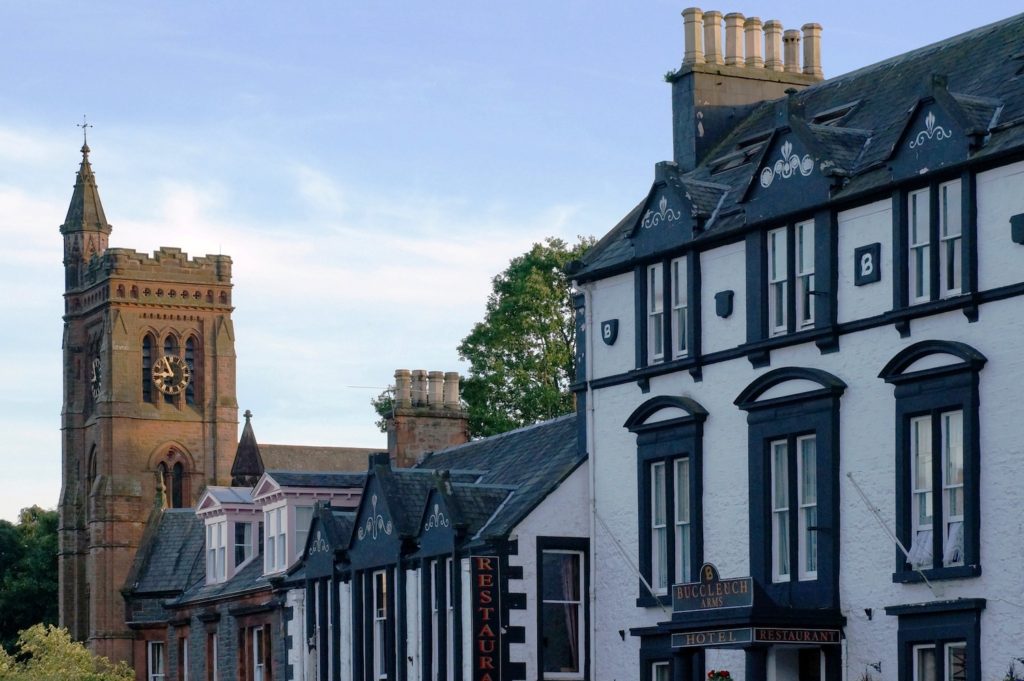
Moffat is also the UK’s first Dark Sky Town, having adapted its street lighting to reduce light pollution, and the Moffat Astronomy Club, with their new observatory and 16-inch Meade telescope at Hammerlands, would be pleased to hear from visitors. There are also three fixed telescope piers around the town.
New Abbey
Romantic souls will be in their element at New Abbey, a small village that nuzzles up to the northern shoulder of Criffel where it drops to the flat plain of the western side of the Nith. Quaint and historic, its neat rows of houses sit within what would have been the grounds of the Cistercian New Abbey itself, founded in 1273 and so-called to distinguish it from the then 120-year-old Dundrennan Abbey.
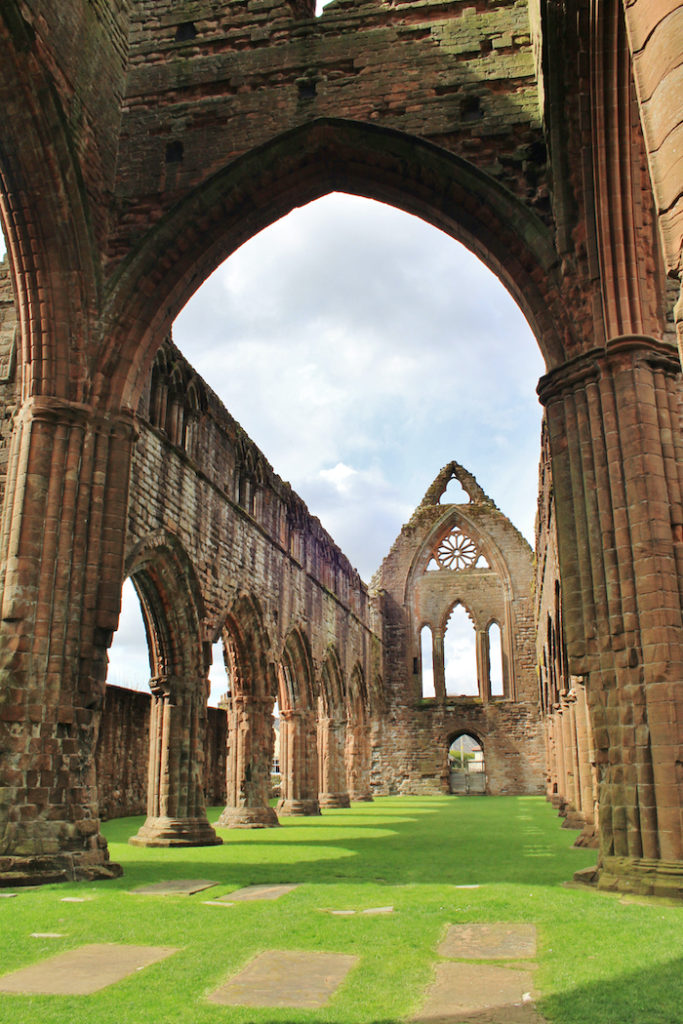
The abbey is now known by the much lovelier name of Sweetheart Abbey thanks to the good Lady Devorgilla. When her beloved husband died, she not only founded the abbey but also had his heart embalmed in a casket that she carried with her wherever she went until it was buried here with her on her death in 1290. The monks subsequently rechristened the abbey dulce cor, meaning ‘sweet heart’. A good portion of the abbey can still be seen today. The nave, at 112ft long, is particularly impressive with its parade of pillars and arches.
Wigtown
With its plethora of bookshops, quiet streets, views over Wig Bay, abundant birdlife and a colourful history, Scotland’s National Book Town is an overgrown village where you can wrap yourself in the comfort of a slower way of life. There is something unreservedly appealing about a town that has a bowling green at its very heart, set out neatly in the town square in front of the disproportionately large and imposing County Building, a sign of past prosperity.
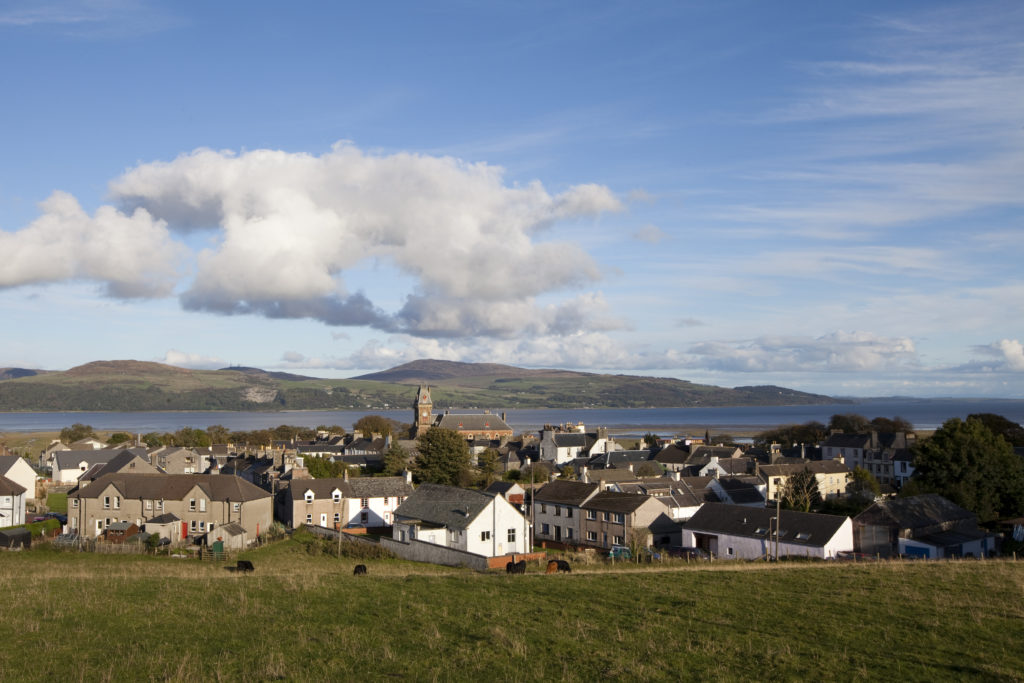
Wigtown Bay, a huge expanse of saltmarsh and mudflat, is the largest Local Nature Reserve in the UK, brimming with food that attracts waders throughout the year, notably Svalbard geese in winter. Ospreys have also nested here for the past few years and are observed via osprey cams at the wildlife centre on the top floor of the County Buildings, from where there’s a great view over the bay.
Port William
Port William huddles around the village square with a row of fisherman’s cottages running out on each side and a small harbour tucked into the hill. Fishing boats still head out from here and a range of tourist boats operate in the summer. In the 17th century Port William was something of a smuggler’s village, with all manner of contraband being landed from the Isle of Man, where duty on imported goods had been slashed to encourage settlement by wealthy merchants.
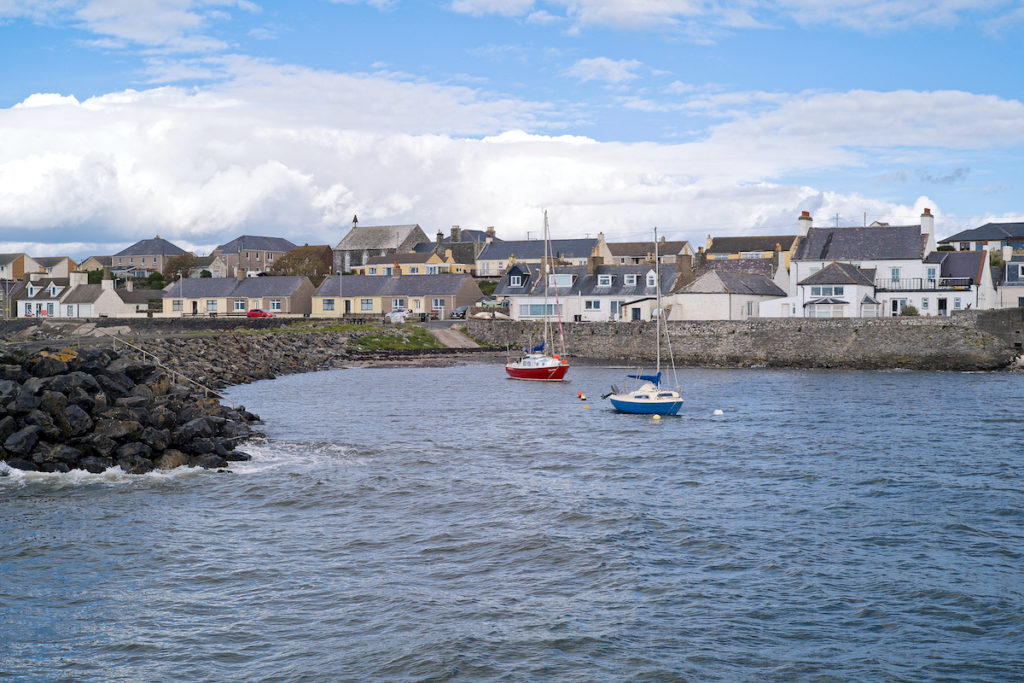
A bronze statue of a man gazing out to sea, leaning on a post, stands at the waterfront. It’s an evocative work and you can’t help but go and stand next to him, lean on the post, and pause for a moment. On a clear day the Mountains of Mourne in Ireland can just be made out through the dip in the land at West and East Tarbet at the southern end of the Rhins.
A couple of miles to the south is Barsalloch Fort, or at least the footprint of it, a fortified farming settlement accessed by a flight of steps up the hillside. The fort is believed to date from around 1000BC, but on the land below it, at Barsalloch Point, evidence of human settlement has been found dating from 6000BC, making it the oldest dated settlement in Galloway.
Portpatrick
Portpatrick today is as pretty as a picture, of which there are many to be found, and boasts the highest sunshine record in Dumfries and Galloway. It has all the charm of a quaint fishing village and in summer all the crowds that go with it, too. Traditional cottages are strung around the harbour and a mix of cafés, gift shops, hotels, restaurants and pubs are dotted along the waterfront and up the adjoining streets. Further up the hill in the residential area, elegant villas enjoy sea views, including a number of guesthouses.
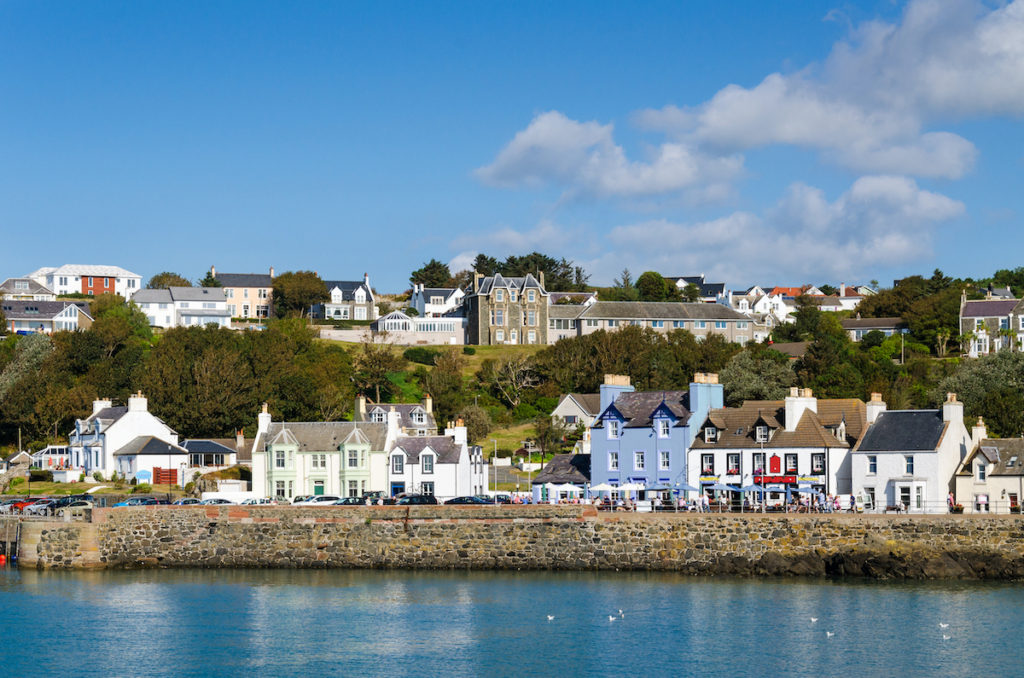
The town did find favour for a period as the ‘Gretna of Ireland’ following the introduction of the Marriage Act in Ireland (and England) in 1754, the same act that transformed the fortunes of Gretna Green in the east of Dumfries and Galloway. Eloping couples could cross the sea to wed in Portpatrick, where it is said that the minister was known to relax the requirement for a period of residence so that not much more than hour might pass between an unwed couple disembarking their boat and reboarding for the journey home as a married couple.
Nature and wildlife
Glenwhan Gardens
Set 300ft above sea level where hill meets moor, this is the only one of Galloway’s many gardens to offer such a tremendous view. On a clear day you can see out over Luce Bay and right down the Rhins to the lighthouse at the Mull. The garden itself is a gem and has been the subject of much praise and inspiration over the years.
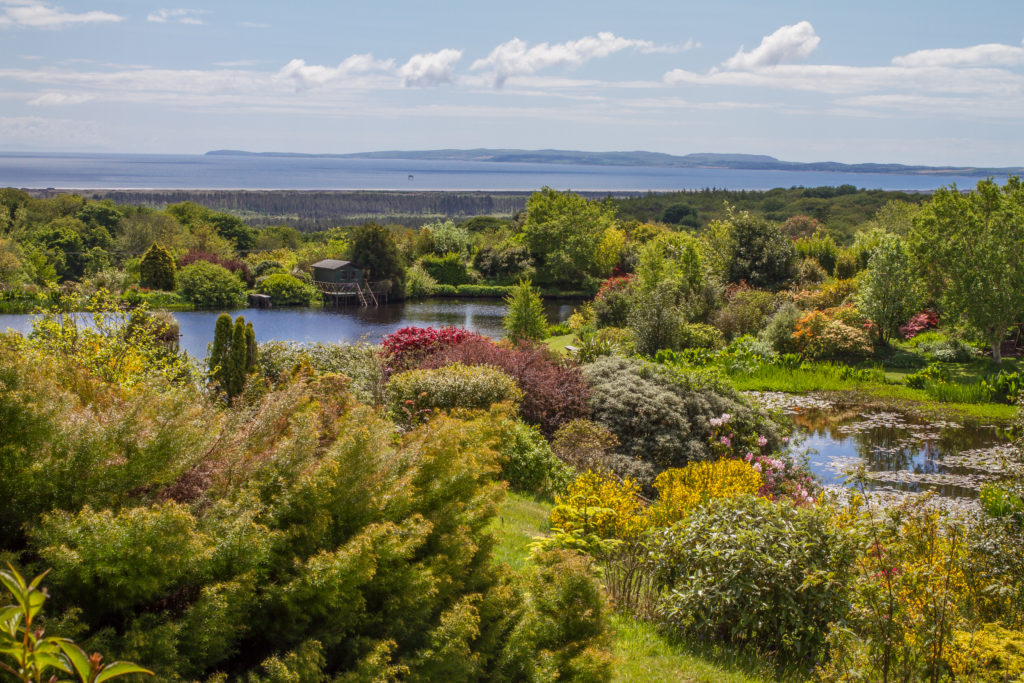
A series of ‘rooms’ work their way up the hillside to a striking slate sculpture by local craftsman Joe Smith, before leading you out into the 17 acres of moor where there are over 120 species of wildflower and a circular walk among the gorse and bracken for something a little wilder to finish off. There is also a tree trail taking in 150 trees.
Castle Kennedy Gardens
The castle gardens are situated on a peninsula between two lochs: Loch Crindle, which is known as the Black Loch because of its peaty water, and Loch Inch, which is known as the White Loch. The castle itself isn’t open to the public, but the gardens are, 75 acres that have been nurtured and curated by successive generations.
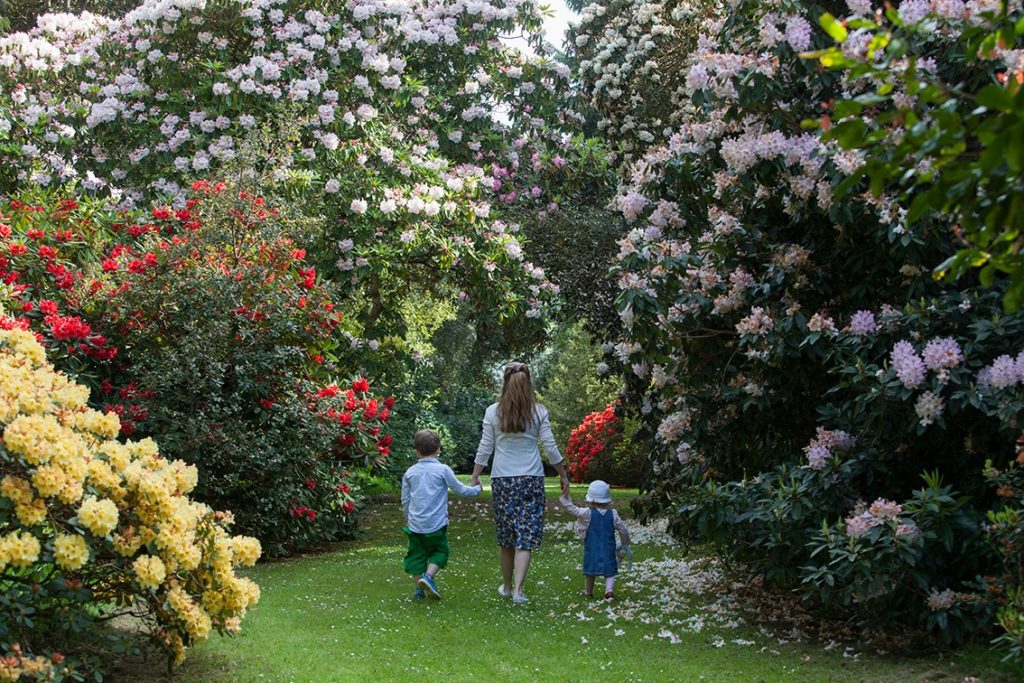
As with most gardens in the Rhins, one of the chief attractions is the rhododendrons, which come in every size and colour and attract enthusiasts from all over the world. There are plenty of other plants and wildlife, too, including a splendid 1,000-foot avenue of monkey puzzle trees, a perfectly circular mirror pond with stunning reflections on a still day, giant redwoods and several Scottish champion trees, and an impressive walled garden, originally the kitchen garden.
But while the gardens offer one of the finest collections of plants in the area, the main delight is their architecture – the long vistas along the terraces, the avenues of trees radiating from the old castle, and the gentle stretch of the old canal linking the two lochs and spanned by a lovely formal bridge.
Logan Botanic Garden
This is one of several outposts of the Royal Botanic Garden in Edinburgh. The gardens are officially open from March to mid November, but visitors are welcome to come out of season to have a walk around, for which donations in the box are always appreciated.
Originally part of the grounds of Logan House owned by the McDouall family, the gardens were initially developed by Agnes McDouall in the 1870s. Today, having recently celebrated being part of Royal Botanic Garden Edinburgh for 50 years, the gardens are in the expert hands of curator Richard Baines with a team of six helpers and a small army of interns.
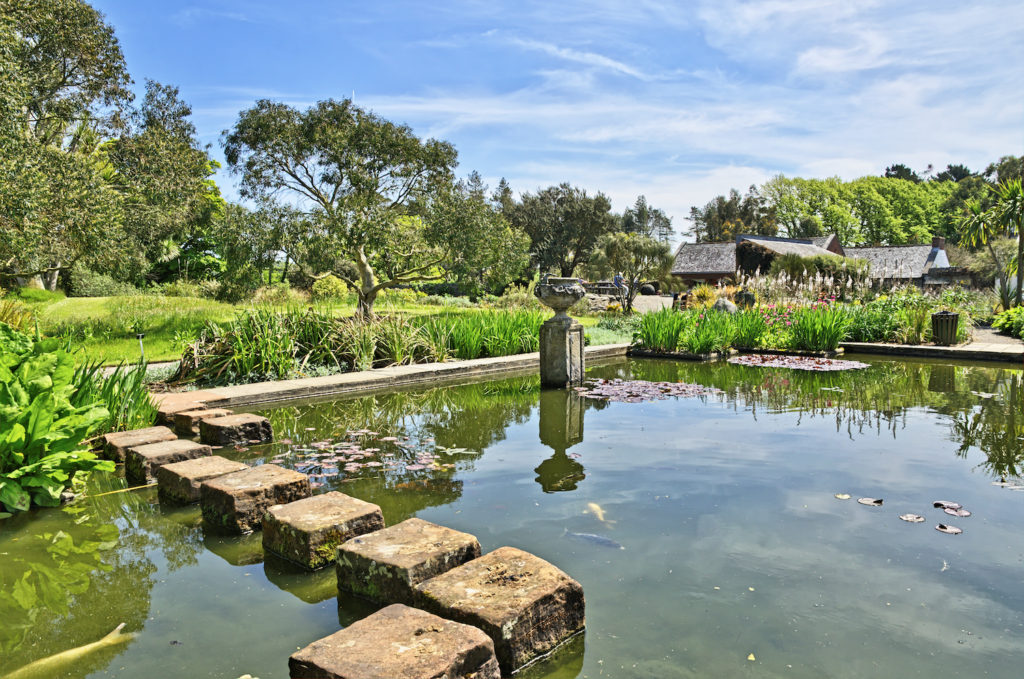
One of the key points of interest at Logan is its range of southern hemisphere planting, made possible by the warm climate of the Gulf Stream. Within the garden there are 20 different species of palm and 20 of eucalyptus, tree ferns that were originally part of the Great Exhibition at Crystal Palace in 1851, the biggest fuchsia you’ve ever seen, a strawberry tree native to Portugal, a whopper of a giant ornamental rhubarb species from Brazil that grows to 14ft tall, and a Tasmanian creek full of plants from the Anitpodes.
History and culture
Crawick Multiverse
Immediately north of Sanquhar, the work of renowned architect and landscape designer Charles Jencks (1939–2019) can be viewed in all its glory at the impressive Crawick Multiverse, a major land-restoration project that was completed in 2015.
The site occupies 55 acres and the scale of the work is striking. Virtually all of the materials used in its creation have come from the site itself, including many hundreds of boulders that were unearthed in the early stages, some of which are now used to line the North–South Path, a 450yd walkway oriented precisely on a north–south axis.
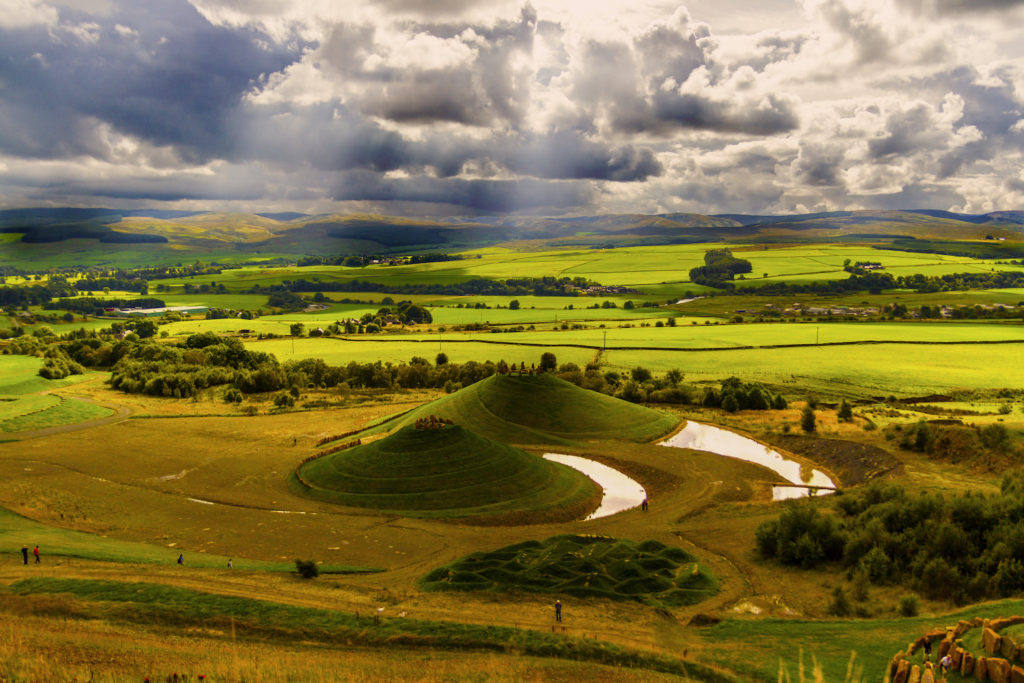
Other features include an amphitheatre that can hold 5,000 people and which uses the shapes and forms of a total eclipse, two galaxy mounds, Andromeda and Milky Way at 82ft and 49ft respectively, water-filled lagoons, and scalloped cliffs with Comet Walk above. For 360° views the Belvedere offers a great vantage point, complete with a hand constructed from boulders that points to the North Star.
MacLellan’s Castle
The northern end of Kircudbright high street bends round to the right on to Castle Bank, site of the remains of MacLellan’s Castle, a fine example of late 16th-century domestic architecture as it evolved from more heavily defended tower houses.
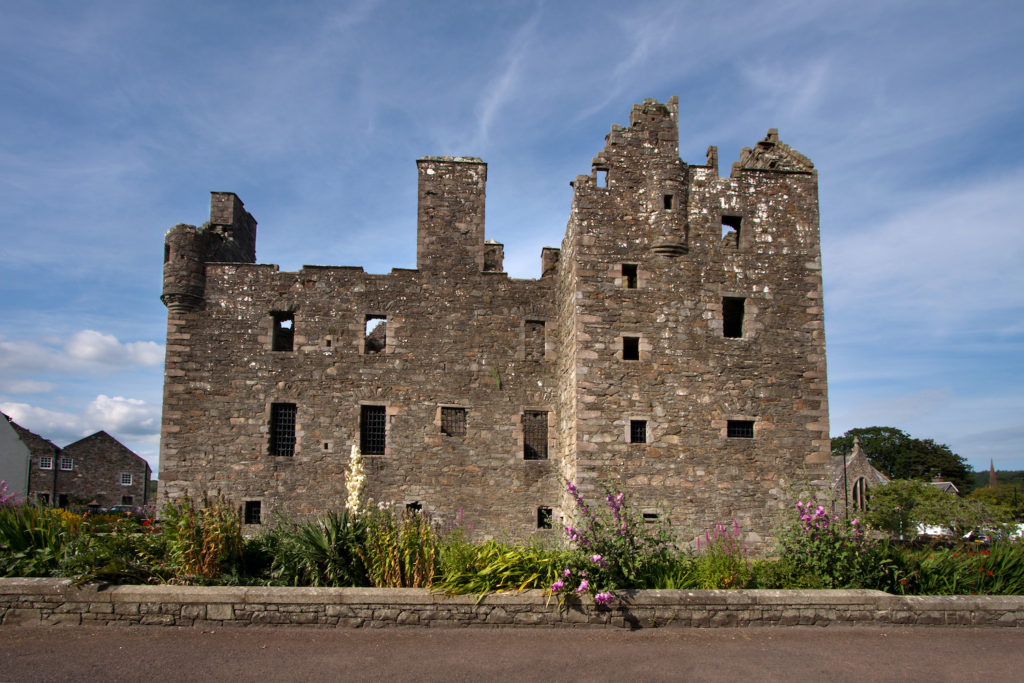
A much earlier castle, first mentioned in 1288, had stood on a site to the west on the banks of the Dee near what is now Castledykes Road. The town also had a Franciscan convent, founded in the mid 15th century, the site of which was granted to Thomas MacLellan of Bombie, provost of Kirkcudbright, in 1569, and it was here that he built his own mansion partly from stones from the convent and early castle.
Today, the castle is remarkably complete inside apart from the roof. Of particular note is the Great Hall, over 42ft long and almost half that in width, where the enormous fireplace boasts a lintel over 10ft long made out of a single stone. Hidden at the back of the fireplace is a peephole, a ‘lairds lug’ (literally ‘lord’s ear’), from where the castle owner could keep an eye on, and listen to, his guests.
The Mull of Galloway
At Scotland’s most southerly point sits an impressive lighthouse, run by the Mull of Galloway Trust, as well as an adjoining RSPB reserve and the superbly positioned Gallie Craig Coffee House, built on the very edge of the cliffs with a grass roof and vertiginous drop from the terrace.
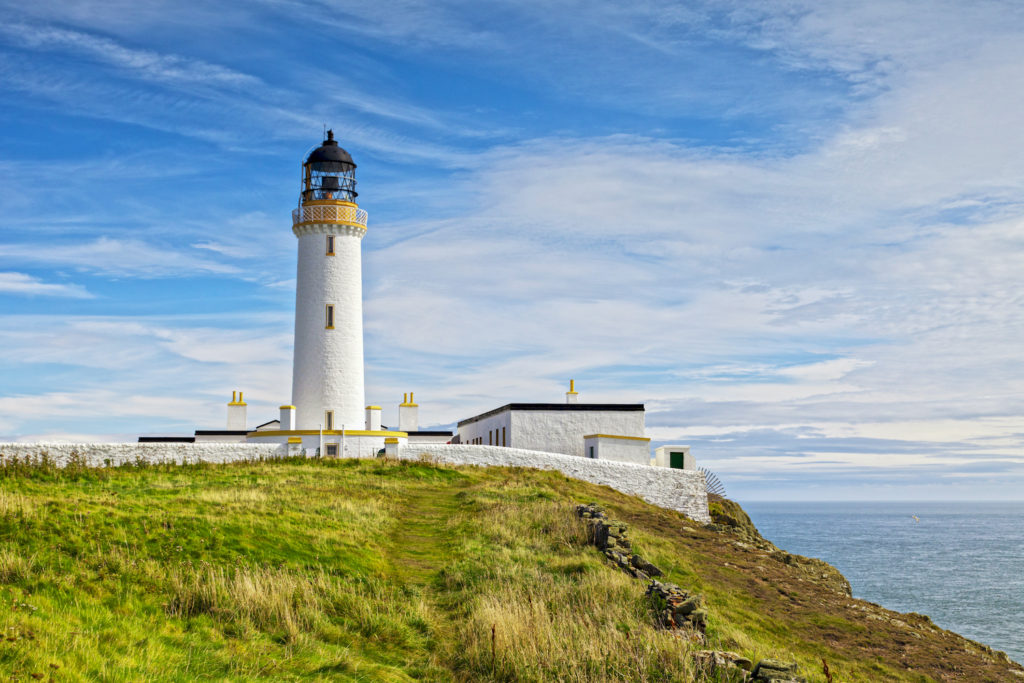
There are 93 steps from the bottom of the lighthouse tower up to the first gallery, followed by two ladders, one to reach the outside viewing platform and another from there up to the light itself. The views are worth it: to Ireland and the Mountains of Mourne in County Down, and to the Isle of Man, just 19 miles away. On a clear day you can see to Cumbria, too, and of course eastwards across to the Machars and north back up the Rhins.
More information
Start planning your route on the South West Coastal 300 with Darren and Donald’s guide to the area: